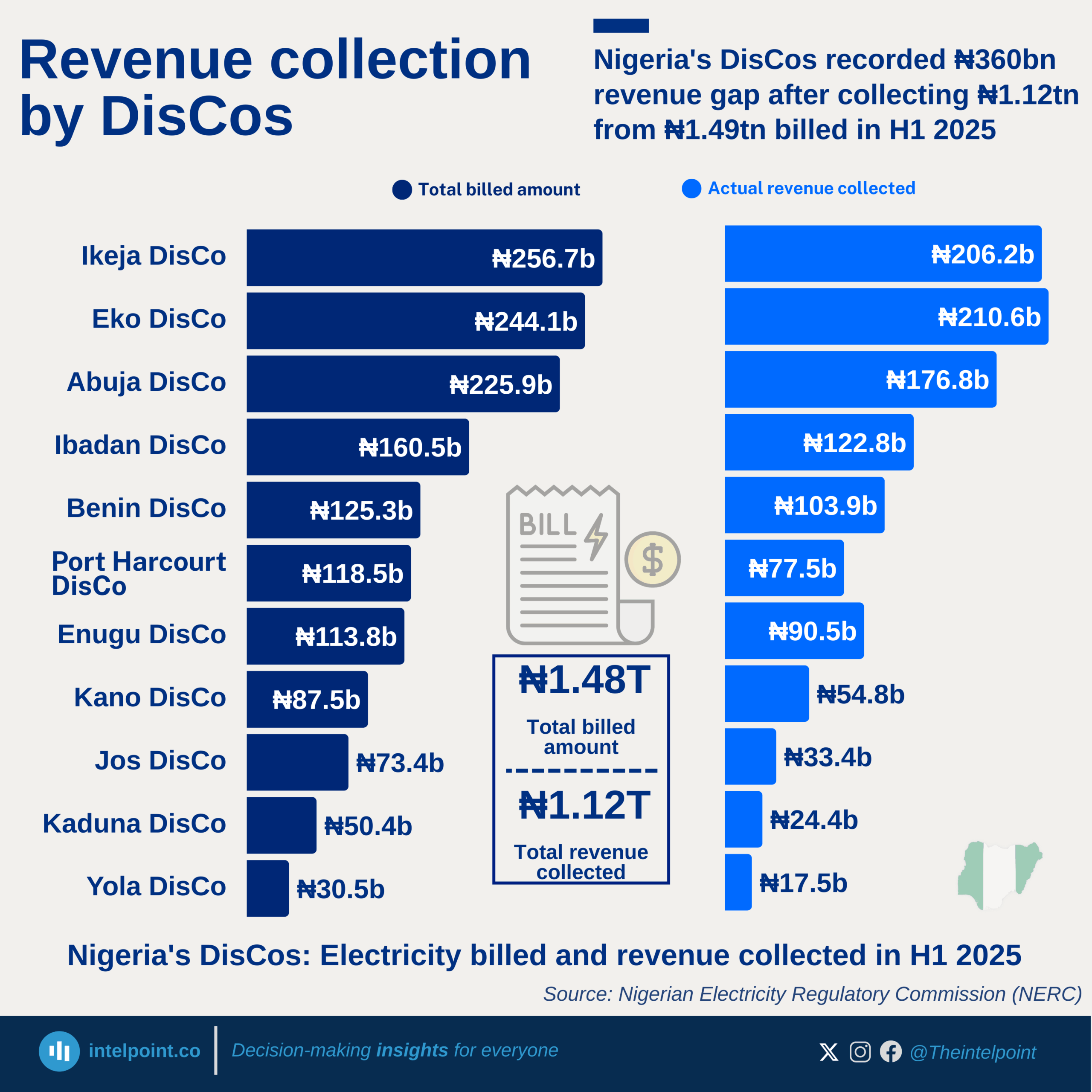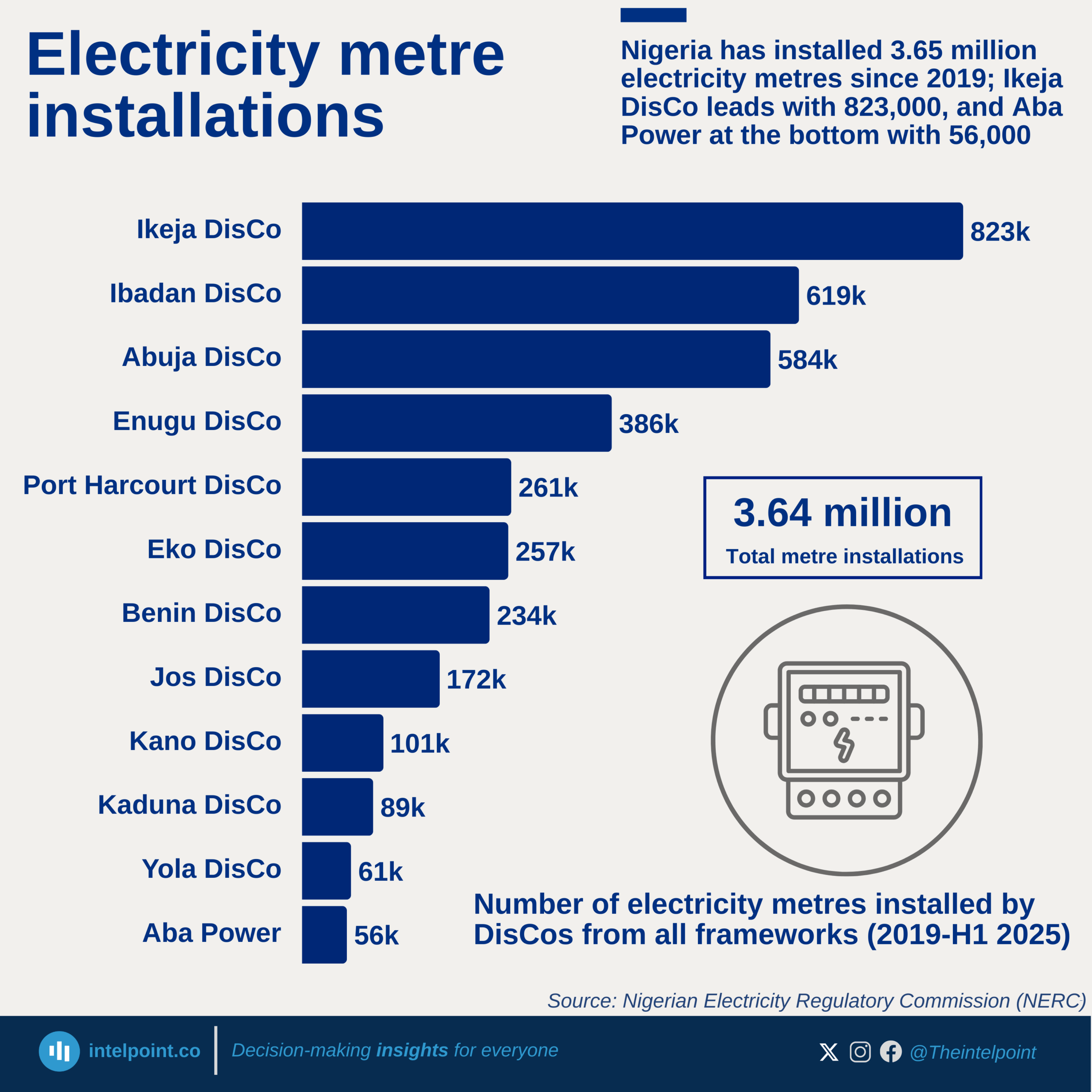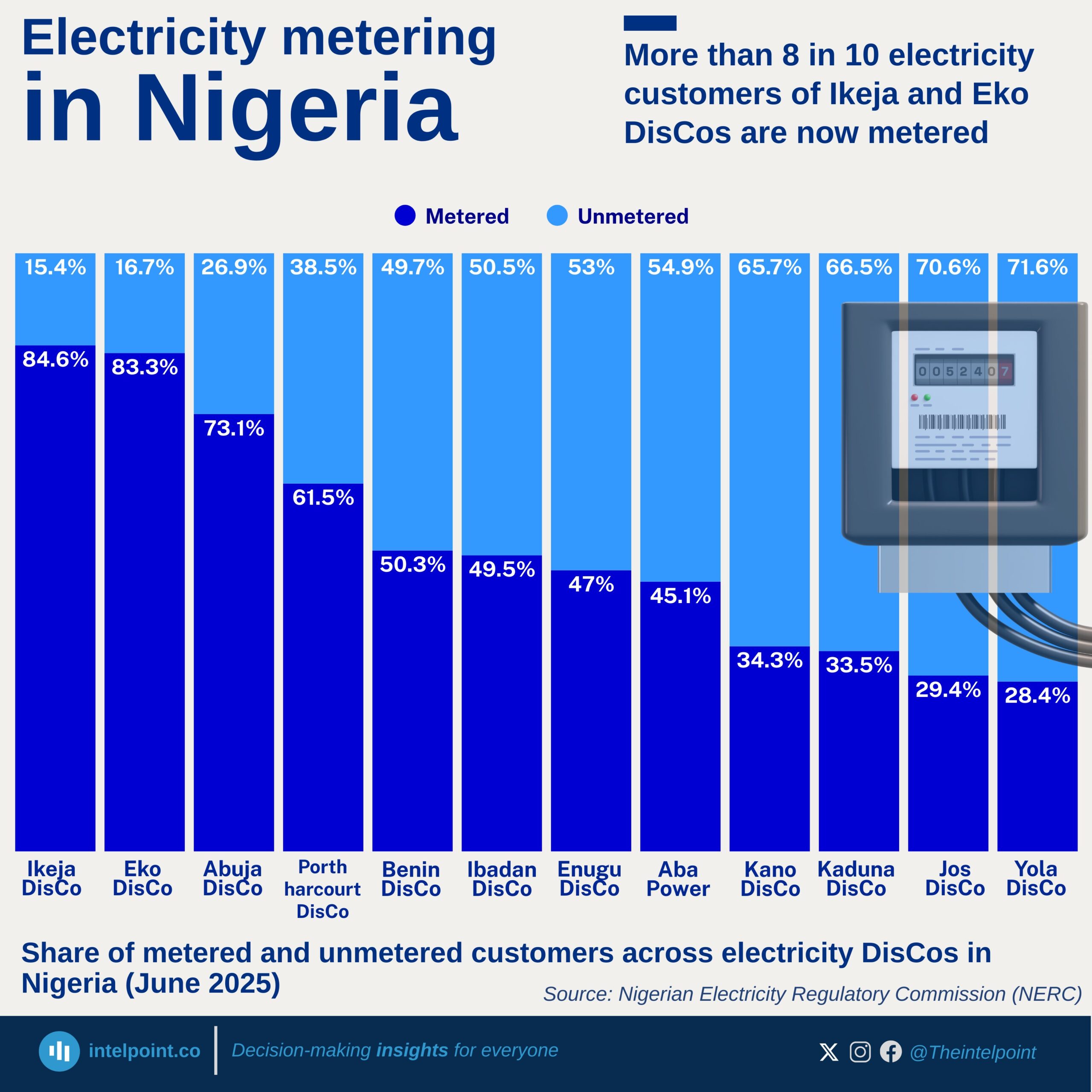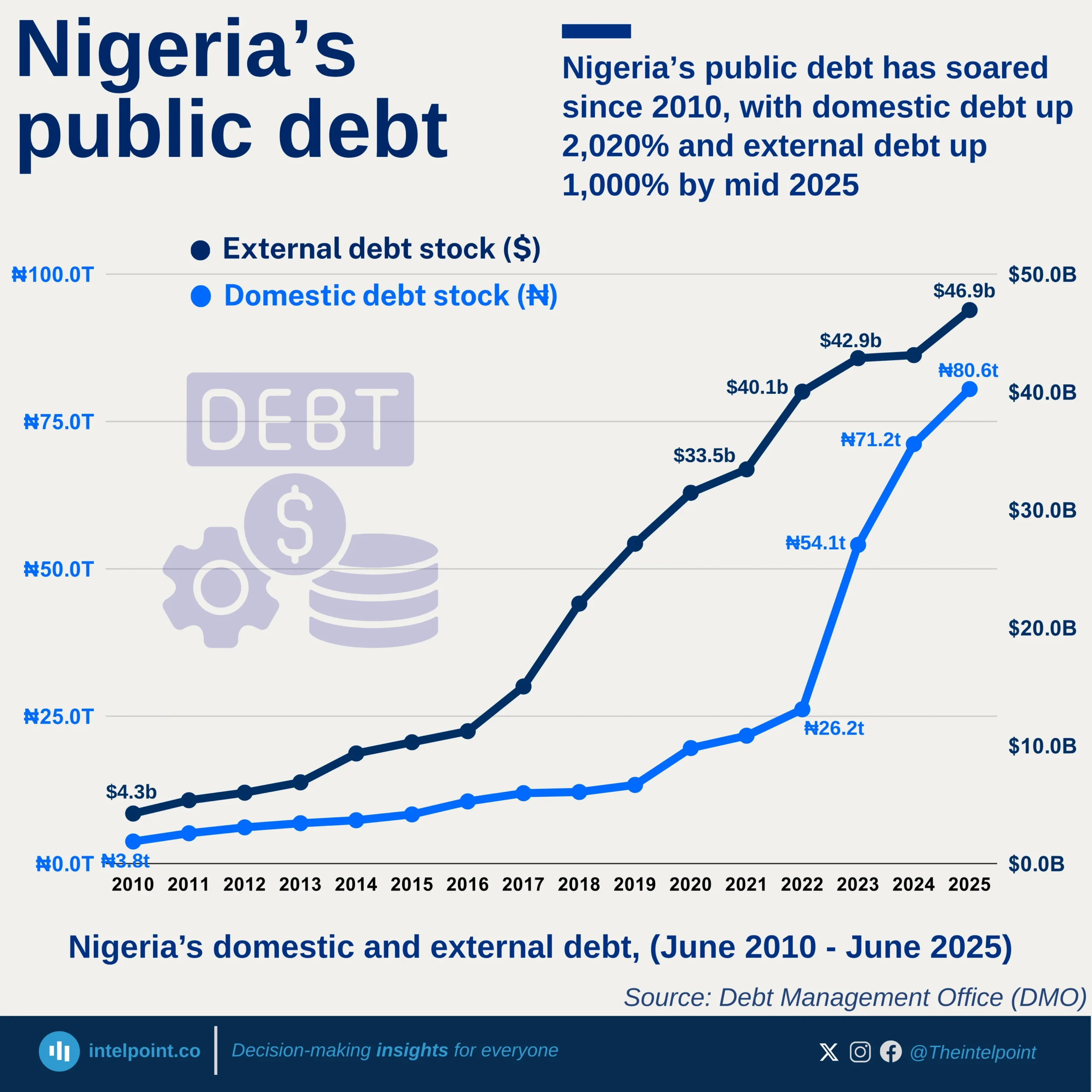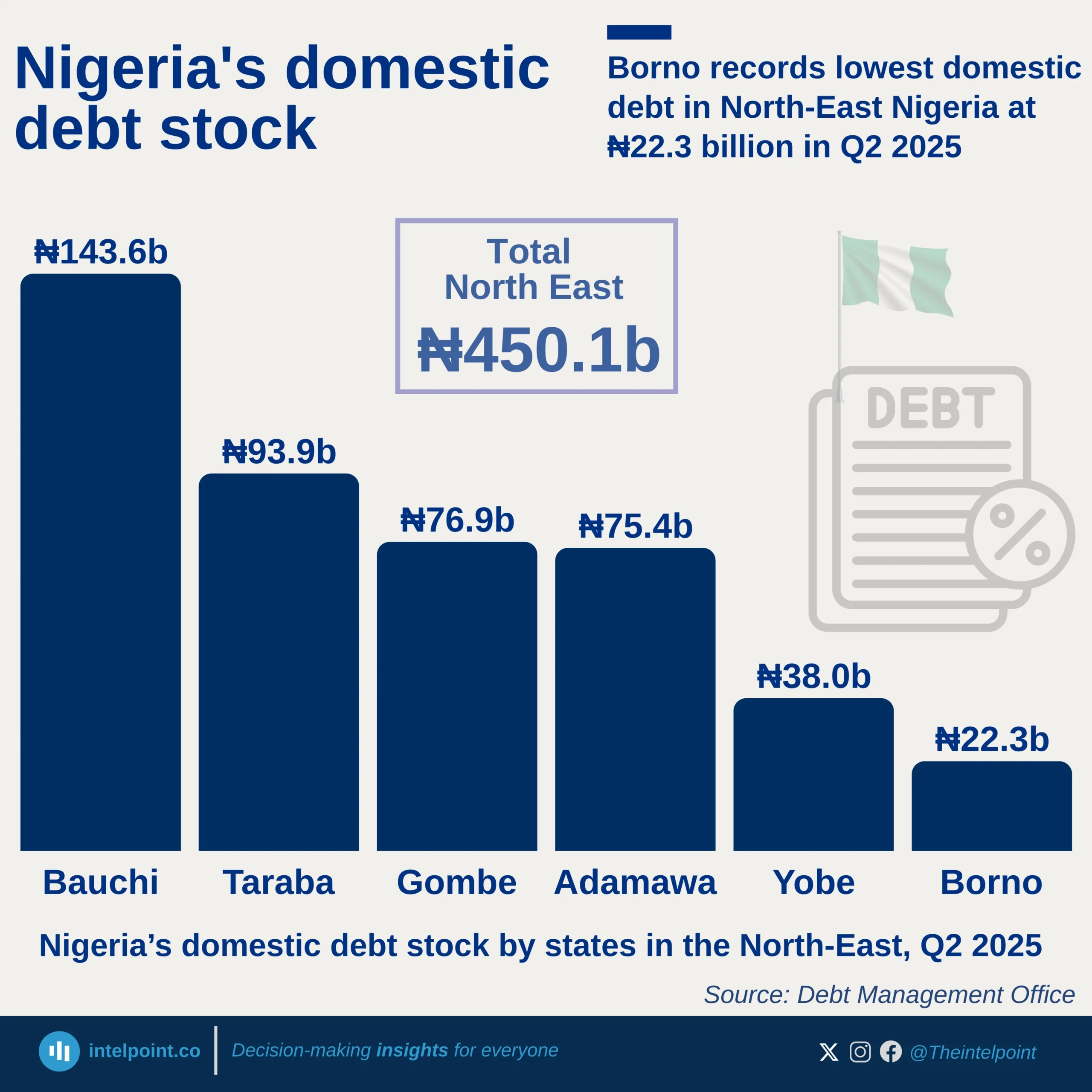The trajectory of H1-B visa issuances to Nigerians from 2006 to 2024 reflects both global disruptions and shifting migration dynamics. The mid-2000s to mid-2010s saw relatively stable numbers, averaging around 450 approvals annually. However, a steady decline set in by 2017, culminating in a historic low during the COVID-19 pandemic when issuances collapsed to just 197 in 2021. This downturn mirrored both travel restrictions and reduced global hiring. The trend reversed dramatically from 2022 onward, with approvals more than quadrupling by 2024, reaching an all-time high of 880. This rebound signals renewed demand for Nigerian talent in U.S. industries, particularly in tech and professional fields, and highlights Nigeria’s growing role as a key source of skilled migration.

